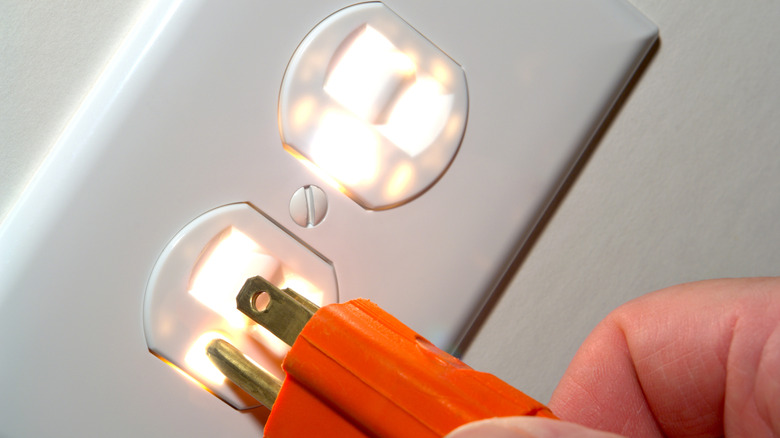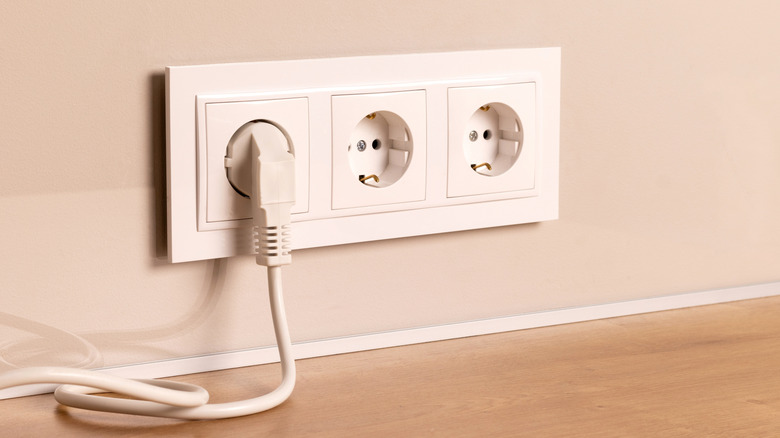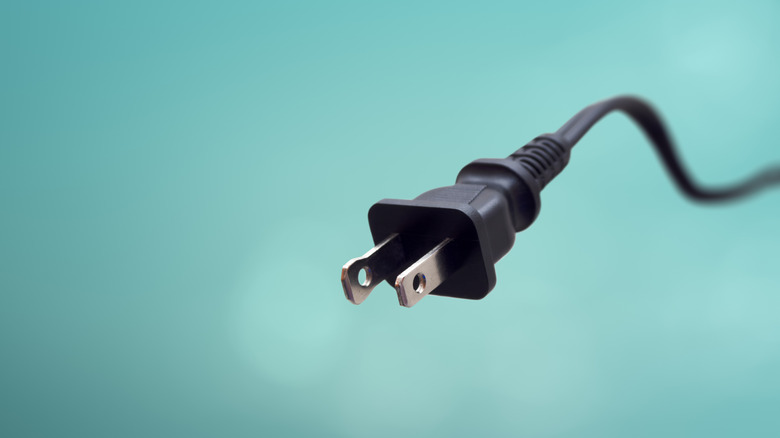What Are The Different Holes In Electrical Outlets For? (And Why They're Different Shapes)
Not all outlet holes are the same, and there's a reason for that. The shapes (vertical slots, round holes, T-slots, etc.) correspond to specific electrical functions and safety features. Take the standard North American outlet. A 2-prong (Type A) plug has vertical slots: one hot, one neutral. Type B adds a round hole for the ground. The wider prong (neutral) ensures the plug goes in the right way to match polarity. The ground pin connects first for safety.
When you get into higher amperage or specialized use cases, the shape changes more. A 20-amp outlet, for instance, has a sideways "T" shape in one slot. That design ensures only 20-amp rated plugs can fit, preventing you from accidentally plugging in something not rated for the higher current. In GFCI outlets, you'll find reset and test buttons between the prong holes. These outlets act as circuit breakers (which can be quite costly to install), and trip when they detect a short-circuit or overload (which can happen near water) and shut off power to prevent shocks.
Then there are tamper-resistant outlets. They look normal but have internal shutters. Unless equal pressure is applied to both prongs at once (like from a plug), the shutters won't open. This keeps kids from shoving metal objects into them. Each shape exists for compatibility, safety, or regulation. And each tells you something about what that outlet can handle.
Why other countries use different plug and outlet shapes
Traveling abroad? Your phone charger might not fit the outlet. Different countries adopted their own standards for plugs and outlets over time, based on local needs and engineering priorities. In the U.S., the standard 110V system was built around early Edison systems. Europe, on the other hand, went with 220V to save on copper wire costs. These wires are very expensive, which is part of the reason why people are stealing Tesla Supercharger cables made out of them. Higher voltage requires less current for the same power output, so thinner wires were enough.
Different voltages led to different plug designs. Round pins, common in Europe, were believed to stay in sockets better. Grounding pins were added at different times, and not always standardized across countries. As new safety features came along, countries built their own systems instead of switching to a unified global design.
There are now more than 15 types of outlet plugs in global use, all with different shaped holes and orientations (even upside-down outlets exist). Countries would need to overhaul electrical systems, appliances, and building codes to standardize, and no one wants to foot that bill. So next time you pack for a trip, bring an adapter. And don't assume every plug hole around the world works the same, because they don't.
What are the holes in plug prongs for?
Most Type A and B plugs used in North America also have holes in their prongs. But what are they actually for? The most common assumption is that they help plugs stay in sockets better. That's true — sometimes.
In older outlets and certain designs, spring-loaded detents or bumps inside the socket snap into those holes, helping the plug stay in place and improve contact. It keeps the plug from slipping out due to gravity or cord tension. But not every outlet actually uses these detents anymore. Many modern sockets hold the prongs purely by friction. According to the National Electrical Manufacturers Association (NEMA), the holes are technically optional and mainly for manufacturing purposes. The holes let machines hold the metal blades in place while the plastic body is molded around them. That makes production faster and cheaper.
There are a few other practical uses, too. For example, manufacturers sometimes thread a plastic tie or tag through the hole as a lockout mechanism. That way, the device can't be plugged in without removing a safety notice; a method sometimes used for tools or appliances requiring setup before use.


